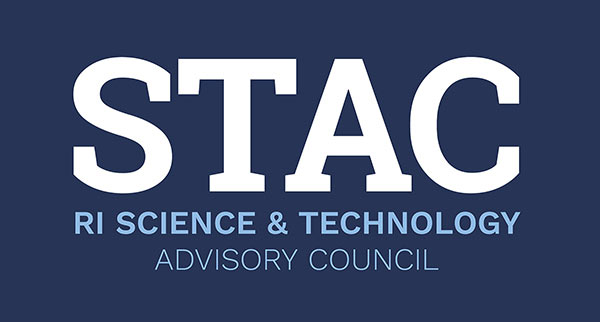Rhode Island Research Team Explores How Marine Animals Can Benefit from Probiotics
By Zoe Gentes, Communications Intern Rhode Island Sea Grant. Reprinted with permission from 41°N, a publication of Rhode Island Sea Grant and the University of Rhode Island Coastal Institute.
Shellfish aquaculture, particularly of oysters, is increasingly important in Rhode Island — according to a report from the R.I. Coastal Resources Management Council, over 4 million oysters were sold for consumption last year. One of the biggest challenges for oyster farmers is disease, which, in the Northeast alone, has caused millions of dollars in losses in the years that outbreaks occur.
With the support of Rhode Island Sea Grant, University of Rhode Island researchers are exploring ways to combat diseases in oyster hatcheries using natural sources. David Rowley, associate professor of biomedical and pharmaceutical sciences at URI, is researching the use of probiotics — live microorganisms beneficial to their hosts — to prevent outbreaks of diseases in hatcheries. Rowley is working in collaboration with Marta Gomez-Chiarri, an expert in marine diseases, and David Nelson, a microbiologist. Both are professors in the URI College of the Environment and Life Sciences.

Oyster larvae are particularly susceptible to bacterial diseases. If a disease infiltrates a hatchery, it may spread like wildfire, causing almost immediate collapse of the population of the oyster larvae being reared. “The idea is to create new tools to prevent sporadic mass mortalities,” Rowley explains.
“A fascinating discovery has to do with the fact that bacteria communicate with each other using a chemical language,” he says. This is known as quorum sensing. Bacteria secrete and respond with small molecules used as signals, and use them to coordinate certain behaviors. “By doing this, bacteria behave in a multicellular fashion, including the secretion of toxins or forming biofilms. This is important in creating infections,” he adds.

Rowley’s team hypothesizes that probiotic bacteria may produce beneficial compounds that interfere with quorum sensing and thus thwart infectious behaviors. Oysters are heavily colonized by bacteria, and some of them can provide a beneficial effect. Probiotics have been used in aquaculture and in other studies as ways to promote health of cultured organisms.
The project has already had promising results. “In one case, a bacterium we isolated from a healthy oyster provides protective effects against infections if we provide them to healthy larvae. We have been studying the molecular mechanisms involved in that protection. We believe that probiotic bacteria such as these could become new tools for oyster hatcheries to increase production and prevent sporadic diseases,” he says.

Rowley hopes to turn the preliminary discoveries into commercial products to prevent diseases in oyster larvae. His team will further this plan through work with the Blount Shellfish Hatchery at Roger Williams University.
As an example, the oyster industry in the Northeast U.S. experienced a decrease in production from a value of $50 million in 1995 to about $15 million in 2005 (Food and Agricultural Organization statistics) with a significant portion of that decline attributable to disease outbreak.
Drs. Rowley, Nelson and Gomez-Chiarri received a 2012 STAC Collaborative Research Grant to advance their work in collaboration with Roger Williams University researchers Drs. Roxanna Smolowitz and Dale Leavitt.
